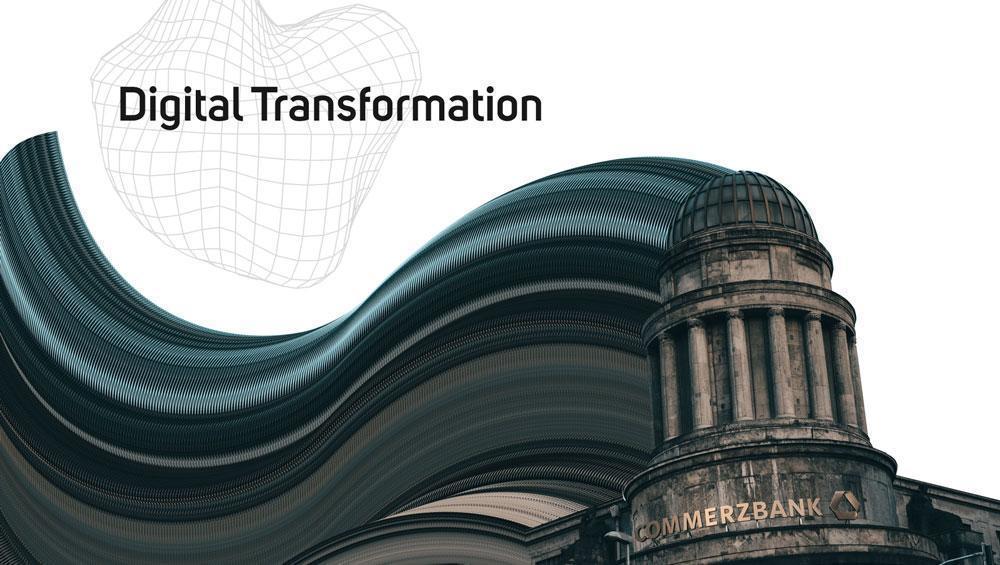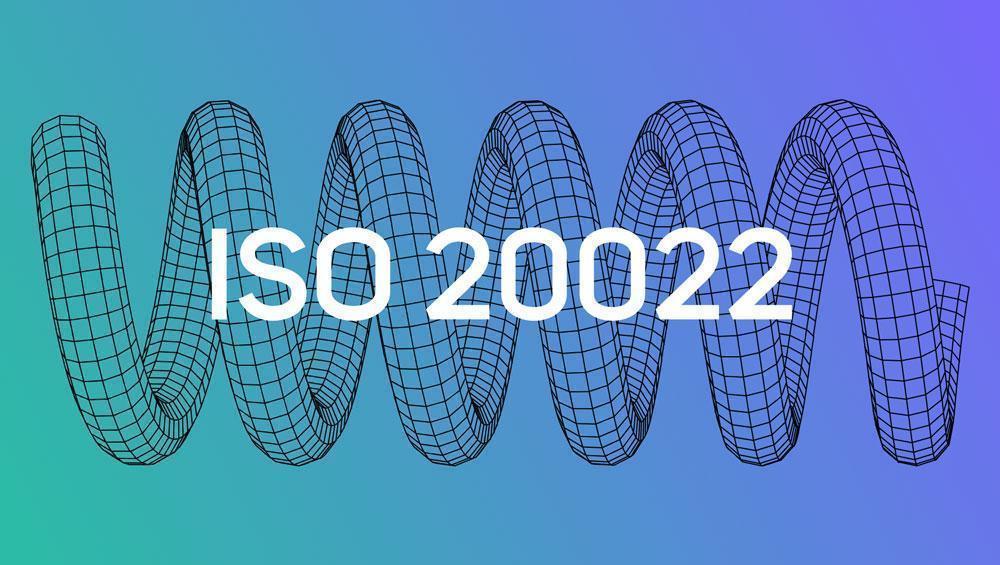Competitiveness of Banks & FIs: Trends, Issues, Perspectives

Companies in the financial sector are going through major adjustments in the environment that experienced a drastic shift throughout the global pandemic. Apart from keeping up with the massive adoption of payment technologies, businesses had to update their strategies while remaining compliant with the new regulations.
This situation also has a significant influence on banks and financial institutions that need to stay competitive despite the growing interest toward real-time payments and the changing consumer expectations regarding the transactions’ speed, security, and costs. Read ahead to find out how the future of competitive advantage looks for these entities and what their main focal points should be.
Key Trends for FIs and Banks in the Near Future

Here are the main trends for FIs’ and banks' competitiveness determined by the Future of Competitive Advantage in Banking & Payments report published by Bottomline:
- Digital transformation. The competitiveness in the banking industry in the short term will be determined by successful digital transformation, with 64% of respondents acknowledging this need and setting it as their top priority.
- Real-time transactions. For 41%, the biggest current objective is real-time payments. It’s no surprise as the growth of this sphere is extremely rapid, with a record 70.3 billion transactions processed in 2020. This is 41% higher than the figures in 2019. By 2025, real-time payments are forecasted to have a 17% share of global payments.
- Cross-border money transfers. 37% report cross-border payments as their core focal point in the foreseeable future.
- Connected finance. According to the report results, 75% of respondents have a strong desire to transition to a payments ecosystem within the next 5 years. This signifies an intensifying tendency toward eliminating silos in financial institutions.
- RegTech. 63.5% of respondents stated that Regulatory Technologies will be gaining importance in the near future. This is largely due to the fact that FIs currently see RegTech’s best practices as a positive influence on interoperability, data, and easier access models.
Despite an obvious trend toward digitalization and innovation among FIs and banks, 19% of the respondents are somewhat skeptical regarding the perspectives of creating a modernized strategy.
Besides, surprisingly, only 31.5% of FIs mentioned migrating to cloud or SaaS technology as a top objective for the upcoming 12 months. This means that the majority of respondents don’t see the SaaS payments ecosystem being more beneficial than an on-premise one.
Main Challenges Faced by Industry Players
Apart from the need to follow the industry trends to remain competitive, FIs and banks also have to deal with some challenges. Here are the main obstacles that financial organizations face with their current payments infrastructure:
- 47% - Legacy systems
- 42% - Lack of operational efficiency
- 40% - Interoperability between internal systems
- 40% - Scalability
- 24% - True connectivity
- 11% - Ability to have remote access
Thus, it’s clear that delaying digital transformation among organizations operating within the financial industry is no longer an option. The global pandemic accelerated these changes by altering the end user expectations and shifting the competitive landscape.
Common Real-Time Payments Adoption Issues

Since real-time payments are among the top industry trends and are estimated to hit a nearly 24% annual clip for the next five years. Thus, one of the report’s goals was to determine the issues banks and financial institutions face in adopting them. Here are the main highlights:
- 38% of businesses find it challenging to prioritize their efforts in payment modernization and digitalization and fit in another initiative to an already-busy roadmap.
- 36% of organizations find it difficult to adapt a legacy infrastructure.
- 34% of institutions face a lack of IT resources.
- 30% of respondents are avoiding the costs and hassle associated with implementing a new payment rail.
- 26% of FIs and banks are struggling to keep up with the ongoing compliance challenges.
Cross-Border Payments Pain Points

When it comes to international money transfers, the challenges faced by the majority of respondents are as follows:
- 31% - Costs of maintaining multiple nostro accounts
- 27% - Slow or unknown speed for arrival
- 24% - Lack of transparency when it comes to the payment status
- 10% - Trapped Liquidity in the system
- 8% - Poor quality or loss of data
These common issues highlight the imperfections of the existing cross-border payment systems and the reluctance of industry players to deal with the consequences caused by those flaws.
ISO 20022 Implementation Obstacles

Banks and FIs have faced multiple regulations, such as SWIFT CSP, PSD2, Confirmation of Payee, and ISO 20022. The figures listed in the report demonstrate the implementation of the latter is only beginning.
Here are the key findings regarding the progress:
- 25% of the respondents haven’t begun the shift toward ISO 20022 compliance.
- 23% of the organizations have just started the planning process.
- 15% of institutions are mid-way through implementing the standard.
- 13% have already fully implemented it.
- 13% have finalized the planning process and are ready to implement ISO 20022.
- 11% are still gathering information on the matter.
These numbers demonstrate that a lot of banks are facing the underestimated complexity of transitioning to ISO 20022 or have difficulties attaining the right resources to perform the migration procedure.
Bottom Line: Will Banks and FIs Manage to Stay Competitive?
Nowadays, the profitability of businesses working in the payment industry stands at a crossroads. With competition, regulations updates, consumer needs, and modernization trends clashing together, operating profit margins are under extreme pressure.
However, at the same time, the global pandemic managed to boost the adoption of digital payments and thus created fresh opportunities for banks and financial institutions. Thus, it’s safe to assume that the industry players flexible enough to adjust to the current trends and overcome the existing challenges will not only remain competitive but also will thrive in the modern payments ecosystem.

